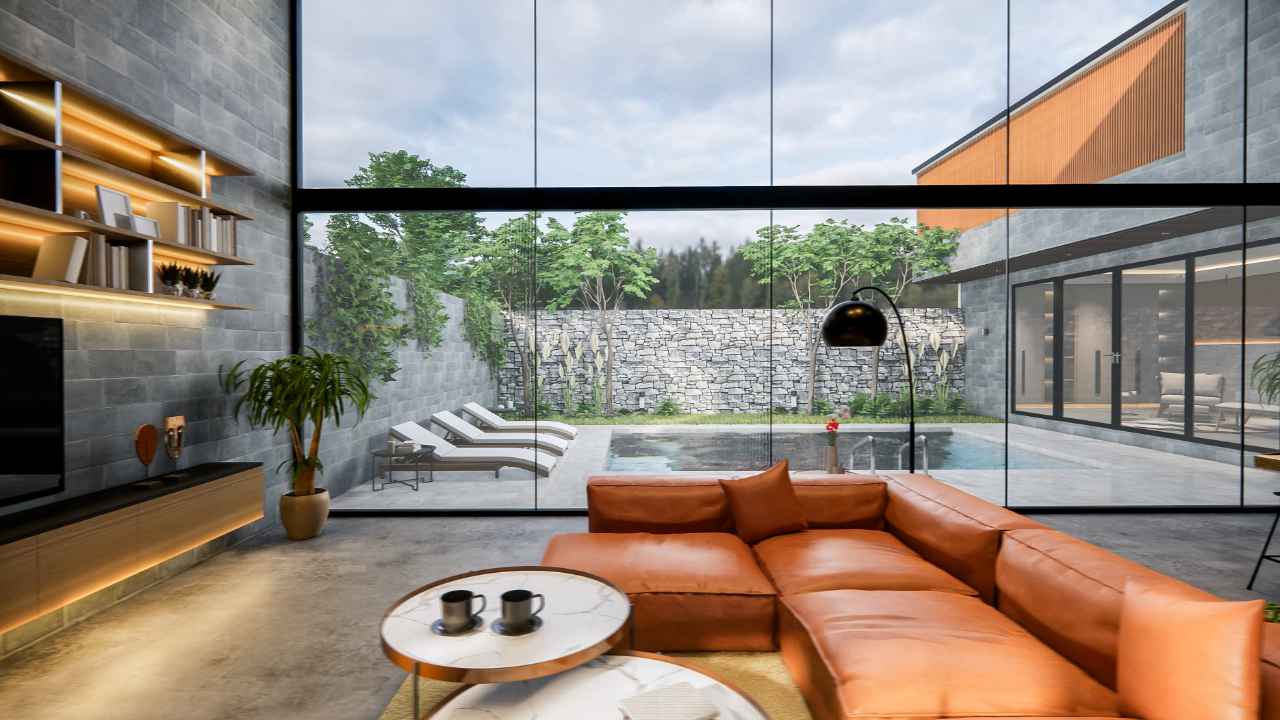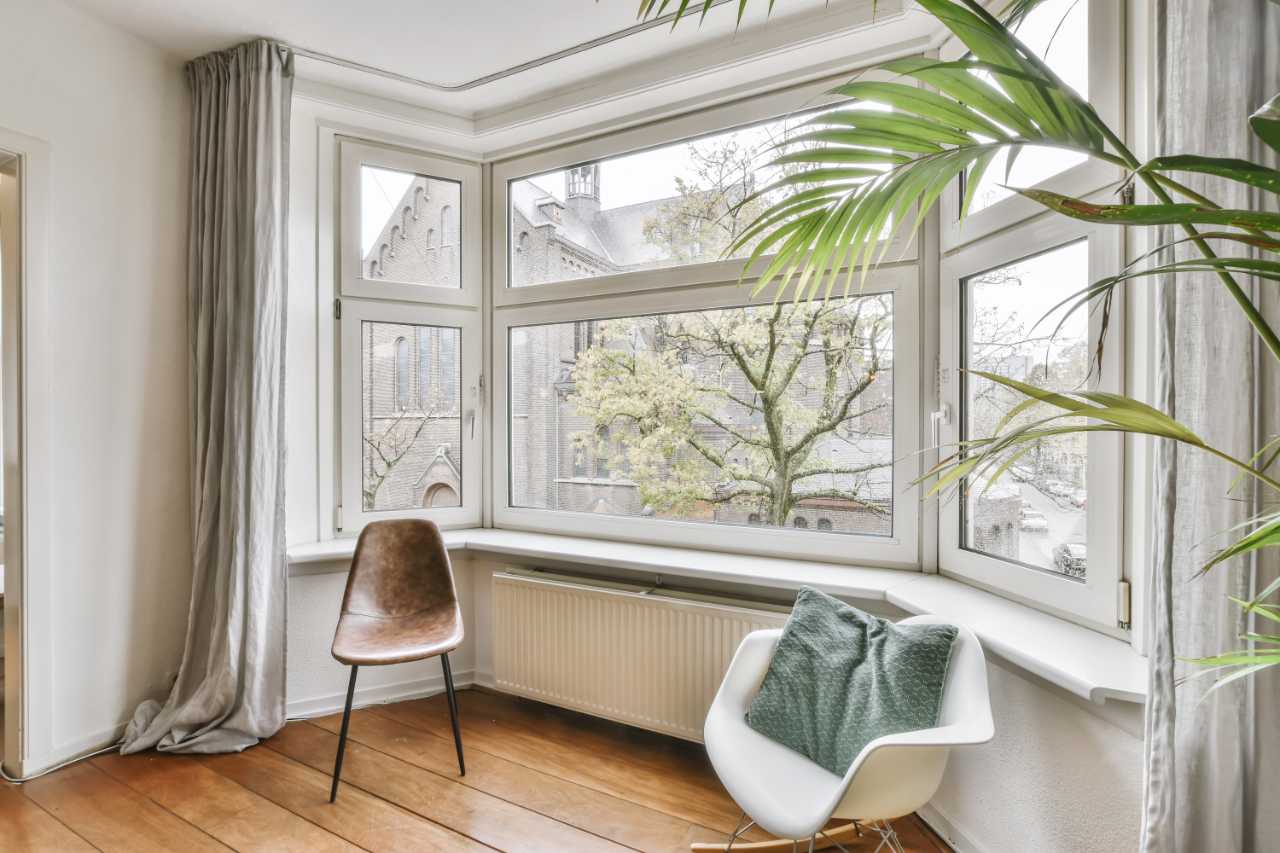

When it comes to windows, there is a lot to think about, such as the design, energy efficiency, and functionality. With so many energy savings window types, it's hard to know which one to choose.
By being properly informed and choosing an energy-efficient option, you can not only increase the beauty of your home but also increase your home's value, save on energy bills, and not have to worry about another window replacement for a decade or longer. Once you've found the right San Diego windows, they can add up to a lot of savings over the years.
There are many types of energy-saving windows that could save you money on monthly energy bills. By choosing the right windows, you are sealing the air condition in your home to keep your place nice and cool. We'll cover the best types of San Diego home windows to choose from to save more energy.
Picture and Other Fixed Windows
The picture window is one of the unique forms of windows since it is fixed (can not be manipulated). It is just a glass window pane that has the main purpose of framing an outside view–like a picture frame, thus the term "picture window." Although this is not a very common type of picture you see on a daily basis, it is particularly seen in houses with vaulted ceilings.
The beauty of fixed windows is that they don't open and don't offer much functionality. However, that makes the windows more energy efficient. Since these fixed windows can't be opened, they will have an airtight seal. Picture windows are the perfect type of window for rooms in your home that don't need much ventilation. In addition, the airtight design prevents your home from becoming entirely drafty, especially when there are large expanses of glasses.

Picture windows are more energy-efficient than sliding windows or any other style. This is due to their permanent seal and the exclusion of movable parts. A fixed window's lack of ventilation limits cold sneaking through in the frosty months. Picture windows are more energy-efficient by design but can be made even more so with multi-pane glass units and Low-E coatings; the same is true for sliding windows and other window styles.
Casement Windows
Casement windows are single-sash windows similar to the hopper, except that it is installed vertically instead of horizontally. These are hinged windows that open inwards or outwards from the sides.
Casement windows are one of the most energy-efficient and secure windows. Ideal for narrow or tight spaces, the casement can open up to the left or the right based on what works best for you. Casement windows are considered the most efficient because they employ compression seal technology. When your window is closed, the compression seal evenly fills the gap between the sash and frame and makes the window airtight.
The standout feature of casement windows is the tight seals on all four sides, which can be strengthened by strong winds rather than weakened. Windows that use rails have more room for air to escape, while casement windows prevent air from escaping through tiny cracks around the frames' edges.
In addition to being airtight, most people opt for casement windows with Low-E glass to block harmful UV rays and reduce heat loss. You might pay a little more for this type of glass up front, but you'll make additional savings on energy bills and recuperate the loss over time.
Casement windows offer unparalleled opening and ventilation capabilities because they open further than any other type of window. Sliding, fixed, and double-hung windows don't open as widely or offer as much ventilation. All of a casement window's hardware is hidden in the frame, which makes them practically impossible to tamper with. As such, they're one of the most secure window frame options on the market.

No other windows offer the unobscured views you get from casement windows. There aren't any sections separating your vista of the outside world, and with all hardware hidden, there's minimal visual clutter. No other type of window provides such a refined viewing experience.
You can add pretty much any glass design you want to your casement windows. From stained glass to beveled designs and double or triple glazing with Low-E glass, the choices are practically endless. Every home is different, and every family has slightly varying requirements. You can choose different handle designs, glass, hinges, and colors to match the casement windows to your property and personal style.
Awning and Other Hinged Windows
The awning window is similar to hoppers except that instead of tilting inwards, it tilts outwards. This mechanism of opening prevents it from limiting the size of the room but can not be installed where plants and other barriers of the space outside of the wall can prevent the window.
Hopper windows, casement windows, and awning windows are all forms of hinged windows. The primary difference between them is there the hinge is located in different areas - top, bottom, or side. These hinged windows can be paired with fixed windows or utilized for strategic ventilation to improve the functionality of your window combinations while still saving more energy than regular windows.
In general, hinged windows are made for ventilation. With the push of your hand or twist of a crank, these windows pivot outwardly on the hinge. Their design reduces the air leakage rates compared to windows that slide open. When the window is closed, the single sash of the hinged window presses against the frame. In comparison, single and double-hung windows have two sashes which have a slight overlap.
Bay and Bow Windows
Bay windows have an outward frame, commonly hexagonal, which adds space to your room. Bow windows are variations of the bay window. The only difference is instead of having hexagonal and straight edges, the bow window is curved, forming an arch. Because of the curved edges, this type of window is typically larger than bay windows.
Bay and bow windows look great, but they can also be very functional. The extra space is perfect for plant shelves, bookshelves, or even a small breakfast nook. And because they let in so much natural light, they can help you save on energy costs during the day.
- Bay and bow windows can also provide extra insulation to your home, making them more energy-efficient. They can increase the value of your home and improve its curb appeal.
- Adding a bay or bow window to your home can do wonders in aesthetics, functionality, and even energy efficiency.
- Bay windows are a great way to add extra space and light to your home. They project out from the wall, offering a spacious seating area and an excellent view.
- Bow windows are similarly attractive but curve outward rather than projecting in a straight line.
It's a good idea to add them to your window replacement project. If you're looking for a way to improve your home's curb appeal and add some extra space and light, then consider adding a bay or bow window.

The main difference between a bay window and a bow window is their shape. Bay windows are typically rectangular or square, while bow windows are generally round or oval.
- Bay windows typically have three separate windows joined together to form one larger unit, while bow windows usually have four or more separate windows.
- Bay and bow windows also offer different benefits. Bay windows are often used to add extra space and light to a room, while bow windows create an attractive focal point.
- Bay windows are more commonly used in homes with limited square footage, while bow windows are more widely used in homes with more space.
Double-Hung Windows
The double-hung window type is the most common type of window in American houses because of its practicality and functionality. Double-hung windows are energy efficient. These windows have two glass plates that are set up perfectly so that air can easily go and come from the window.
Hanging a double window refers to the number of operable sashes. Another hand, "pane" describes the number of panes that have on glass in the window. It is common for single-hung and double-hung windows to have two sashes. They have an upper and lower strap. Upper and lower slashes separate the window both physically and visually.
People sometimes call them double-hung windows or double-sash windows. This type of window has two operable parts, which can slide up and down, and they can be opened and closed. The top sash and the bottom sash are the two main parts that can be opened and closed. They can both be opened to let in air.
You can open double-hung windows to let in some fresh air. They have two sashes that you can open up. The lower sash raises so you can feel the cool air from outside. The upper sash takes the hot air from your ceiling out the window.
Sliding Windows
The single-hung window is a classic and very common design. It operates with the bottom sash being manipulated. Since this type of window does not open outwards, it is a perfect choice of window for small spaces like windows facing pathways, streets, and other narrow spaces.
Sliding windows are often considered some of the best energy-efficient windows around. This is because these windows often have high-quality window glazing on top. This means that these windows will not allow heat to escape from your home during the winter or enter your home during the summer. At the end of the day, you'll be able to save a lot of money on energy bills. Some people would say that sliding energy-efficient windows actually pay for themselves in the long run.
On top of the energy-efficient lasers, some people also install some type of window film over the top. The window films can be used to allow for more privacy by ensuring that those outside the home cannot peer inside. They can also prevent UV light from entering the home.

Sliding windows are perhaps some of the easiest and most convenient windows to use. It doesn't take a lot of energy to slide the windows open in comparison to other window types. This is great for those who do not have a lot of arm strength, for the elderly, for children, and for basically anyone else.
Triple pane and double pane windows are great energy-efficient windows, but they can be rather heavy. This is because they're thicker than standard single-pane windows. Due to this reason, windows that need to be pushed out can be difficult for some people to use. The convenience of sliding windows is also one of the reasons why they make great windows. Anyone can use these windows with ease.
In fact, if you've never used these windows at all, you'll be surprised at how easy they are to operate. This feature makes these windows a great choice for those who are building a home for retirement.
Choose US Window and Door for Window Replacement
Whichever design you choose, you'll start to notice the difference in your energy bills within the first two years. Energy-efficient windows may have a higher price tag, but their longevity and long-term savings more than make up for the higher up-front cost. If your old windows are hurting your home's energy efficiency and value, it's worth putting aside some money for the upgrade. US Window and Door offers a wide selection of styles, designs, colors, and glass types to give your home a boost in curb appeal and increase energy efficiency. Schedule a free in-home estimate* to see which types of windows are right for your home.




.jpg)